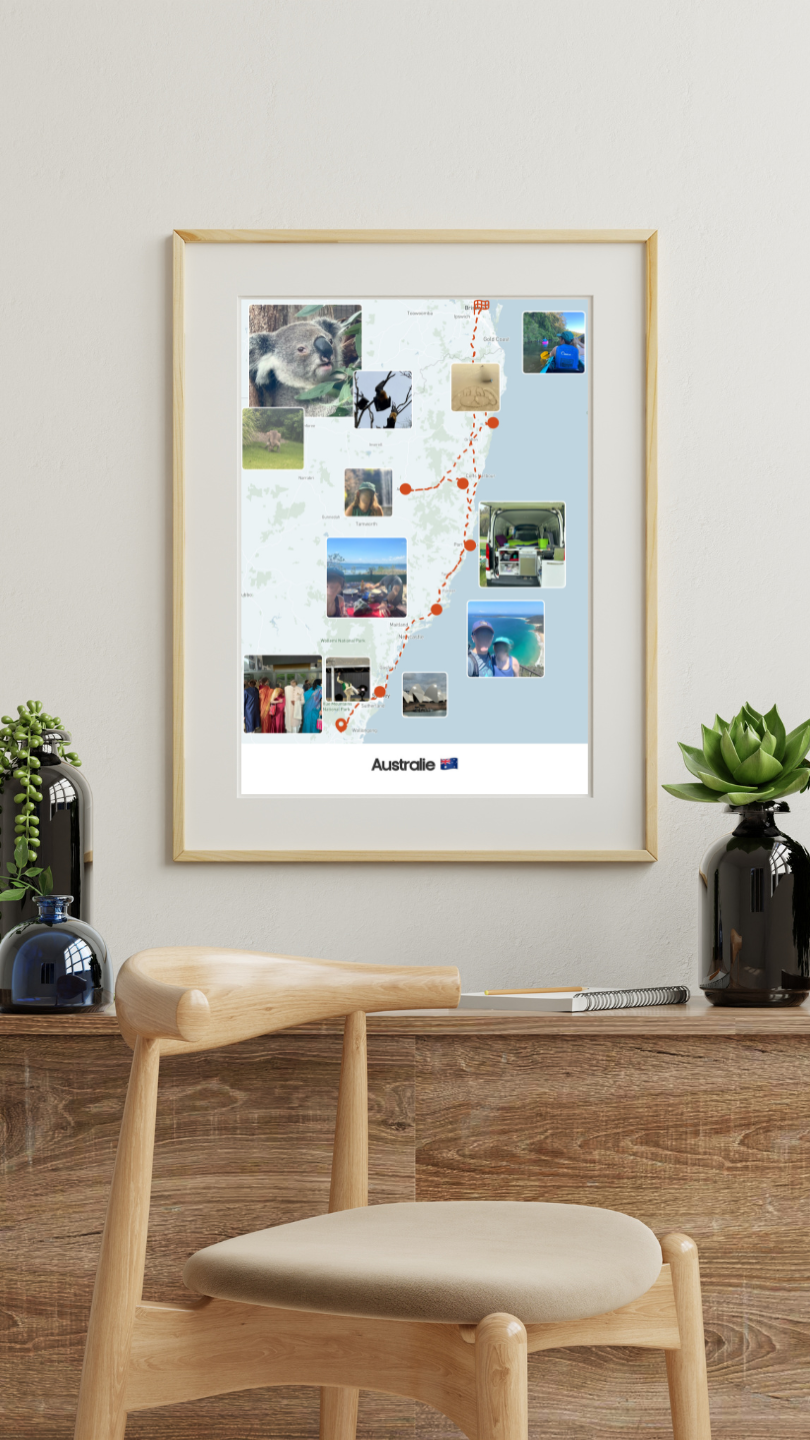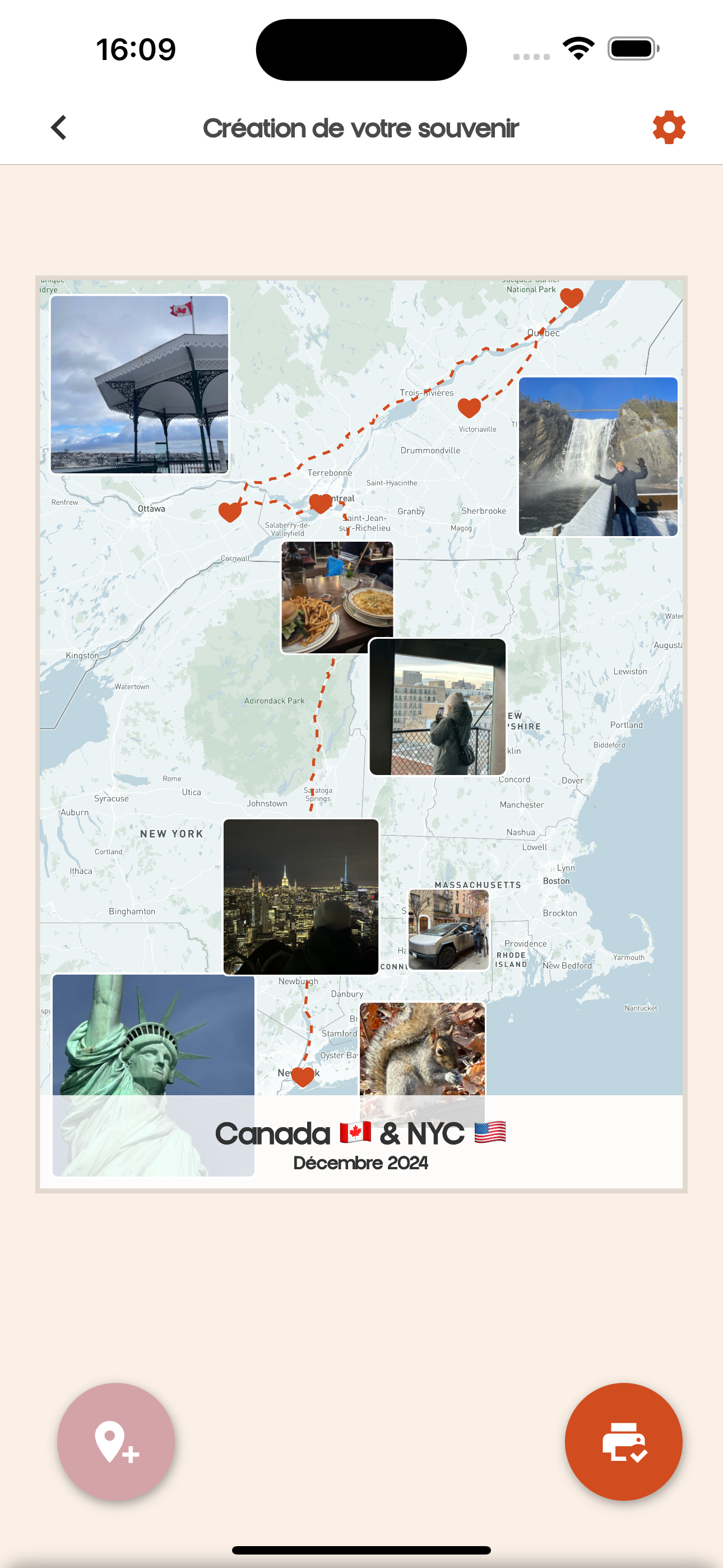Embarking on a journey through European capitals in just one week is a dream for lovers of culture, history, and diverse landscapes. In this article, we’ll take you through some of the most beautiful cities in Europe, where every turn reveals unique heritage and memorable experiences. 🌍✈️

Introduction - Exploring the Most Beautiful European Capitals in a Week
1. Paris: The City of Light - A Week of European Discoveries
Paris, known for its timeless beauty and rich history, deserves a first stop on this journey. Start with a visit to the Eiffel Tower and the Louvre, then stroll along the Seine to admire the beautiful bridges. Don't forget to enjoy delicious French cuisine at one of the picturesque cafes in Montmartre. 🍷🌹
2. Rome: The Eternal City - Exploring Europe’s Gems in a Week
Next, head to Rome. Immerse yourself in history with a visit to the Colosseum and the Roman Forum. Wander the streets of Trastevere and indulge in Italian cuisine while savoring gelato in front of the Trevi Fountain. Be sure to marvel at the Vatican and St. Peter's Basilica. 🍝🍦
3. Madrid: The Capital of Spain - A Fascinating Week Itinerary
Madrid welcomes you with its bustling squares and art museums. The Prado Museum is a must-see, as is Retiro Park for some relaxation. Experience Spanish culture by attending a flamenco show at a local tablao. 🕺💃
4. Berlin: The Dynamic Capital - Visit the Heart of Europe in a Week
Berlin, with its blend of history and modernity, is a fascinating city to explore. Visit the Berlin Wall, Brandenburg Gate, and the Pergamon Museum. Be sure to try some German specialties at a local Biergarten. 🇩🇪🍺
5. Prague: The Pearl of Bohemia - A Week to Visit Europe’s Treasures
Prague is an enchanting city known for its medieval architecture. Cross the Charles Bridge, explore Prague Castle, and admire the stunning Astronomical Clock. End your day with a classical music concert in one of the city's many theaters. 🎻🏰
6. Budapest: The Pearl of the Danube - Traveling Through European Capitals in a Week
Budapest, known for its famous thermal baths, is perfect for a cultural immersion. Don't miss the Hungarian Parliament and Castle Hill. Take time to unwind in one of the thermal baths and savor Hungarian cuisine at a traditional restaurant. 🏛️🥘
7. Vienna: The Capital of Music - A Week to Visit European Capitals
Vienna is famous for its musical heritage. Visit the Opera House and the Museum of Fine Arts, while wandering in the gardens of Schönbrunn Palace. Don't forget to try a Sachertorte for a sweet break. 🎼🍰
Conclusion - An Unforgettable Week Visiting the Most Beautiful European Capitals
In just one week, it is possible to touch upon the cultural and historical richness of several European capitals. Whether you are attracted to art, gastronomy, or history, each city offers a unique experience that leaves an unforgettable memory. Ready to pack your bags and embark on an adventure? 🌟🚀
FAQ - Exploring the Most Beautiful European Capitals in a Week
1. What is the best itinerary to visit European capitals in a week?
The best itinerary depends on your preferences. However, a common route includes Paris, Rome, Madrid, Berlin, Prague, Budapest, and Vienna. Start in Paris, and then follow a logical journey taking short flights or trains. Be sure to plan your time in each destination to fully enjoy the cities.
2. How much time should I spend in each capital?
Ideally, spend about one and a half to two days in each city. This will allow you to visit major attractions while also exploring a bit of the surroundings. Remember, some cities, like Paris or Rome, offer many activity options, and you might want to stay longer there.
3. What is the best transportation method between capitals?
The best transportation method depends on the distances between the cities. For short distances, trains are an excellent option. For farther cities, consider taking internal flights. There are also many bus services that offer attractive prices. Compare the schedules and choose the best solution for you.
4. What is the best time to visit these European capitals?
The best time to visit these capitals is generally in the spring (April to June) or autumn (September to October). During this time, the weather is pleasant, and sites are less crowded with tourists. Avoid summer, especially in July and August, when dense crowds can make visits more challenging.
5. What are the must-see attractions when visiting each capital?
Each capital has its own iconic attractions: in Paris, don’t miss the Eiffel Tower; in Rome, the Colosseum; in Madrid, the Prado Museum; in Berlin, the Brandenburg Gate; in Prague, Charles Bridge; in Budapest, the Hungarian Parliament; and in Vienna, the Opera House. Mark these on your map and get ready to explore!
6. Are there culinary specialties to discover in each capital?
Absolutely! Each capital has its traditional dishes. Enjoy escargots in Paris, pasta in Rome, tapas in Madrid, sausages in Berlin, goulash in Budapest, and Sachertorte in Vienna. Feel free to sample the various other local specialties you’ll encounter. 🍽️
7. What precautions should I take while traveling?
It's important to remain vigilant during your travels. Keep an eye on your belongings, use reliable public transport, and be aware of your surroundings. Also, know how to identify embassies in case of emergencies and check if your travel insurance covers the activities you plan to engage in. ✈️
8. How can I connect to the internet in these capitals?
Most European capitals offer free Wi-Fi networks in public places like cafes, libraries, and airports. You can also purchase a local SIM card if you plan to spend a lot of time online. Make sure to get a plan that includes international data if you are using your phone for navigation.
9. Is it necessary to know the local language?
While knowing the local language can be beneficial, many people in major cities speak English and are willing to help tourists. Learning a few basic phrases can, however, enrich your experience and show respect for the local culture.
10. What souvenirs should I bring back from these capitals?
Each capital offers unique souvenirs. Think of artisanal products, gastronomic specialties, traditional clothing, and local artwork. In cities like Paris, a small Eiffel Tower souvenir or perfumes is a must-have, while in Rome, a replica of the Laocoon statue makes an excellent choice. 🛍️






